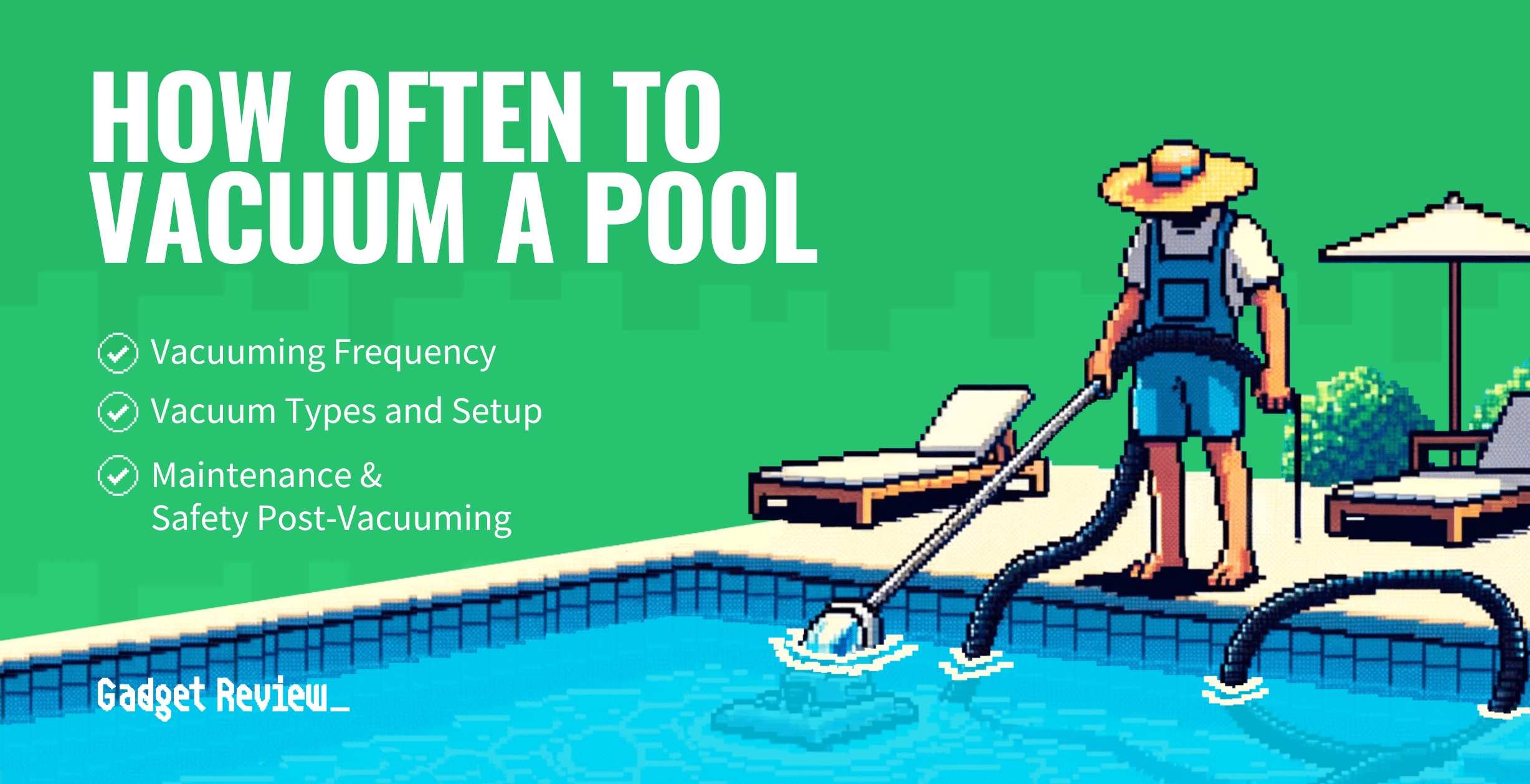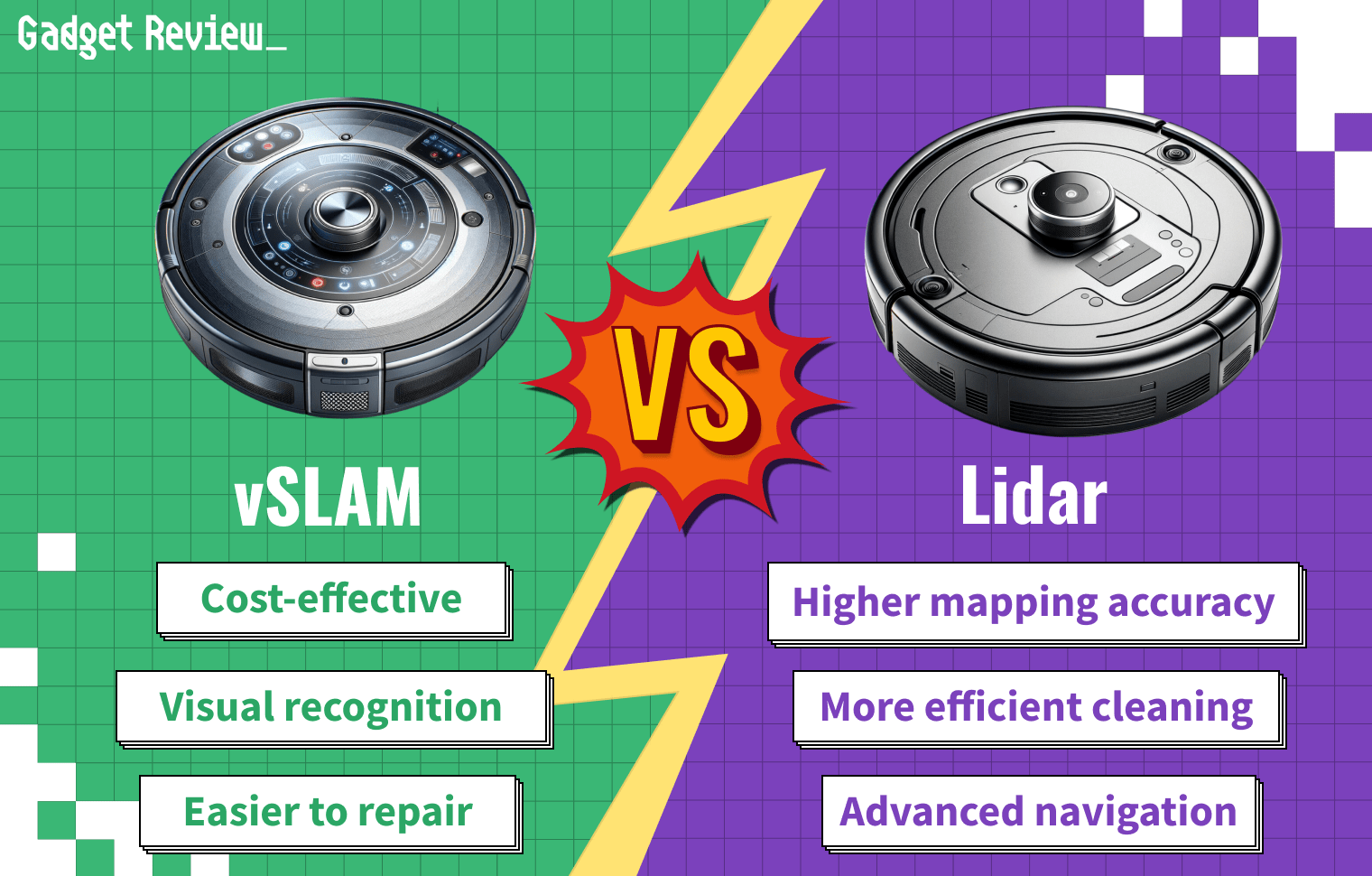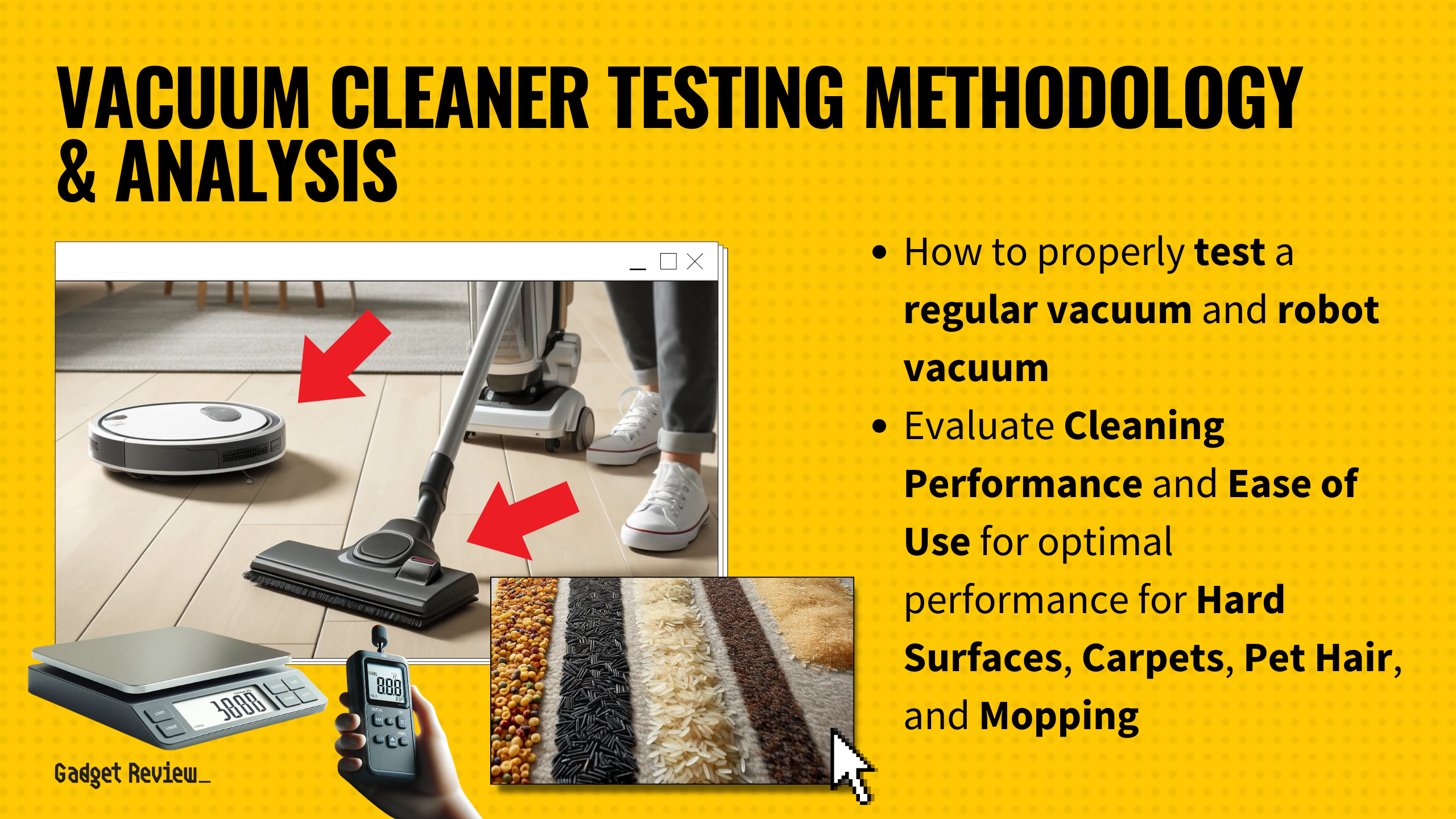Maintaining a swimming pool (especially in summer) is not just about keeping the water chemically balanced; it’s also ensuring it’s clean and debris-free.
One important part of pool maintenance is vacuuming, which might seem straightforward, but it requires understanding and attention to detail.
This guide will walk you through everything you need to know about pool vacuuming, from how often to do it to the best methods and safety practices.
How Often to Vacuum Your Pool
The rule of thumb for vacuuming your pool is once a week. However, this frequency can vary based on several factors:
- Pool usage
- Local area climate
- Type of pool
Vinyl pools should be vacuumed weekly to prevent damage from debris and algae.
Saltwater pools can be vacuumed every two weeks due to their natural algae resistance, while gunite pools also require weekly vacuuming to manage algae and debris on concrete surfaces.
Best Time to Clean Your Pool
For those interested in further cleaning on a swimming pool, check out the video below.
Selecting the Right Vacuum
Manual vacuums are great for a thorough cleaning, especially for removing algae and heavy debris. For those seeking more convenience, automatic vacuums come in various types:
- Suction-side Vacuums: Best for small pools, these vacuums integrate with your pool’s filtration system.
- Pressure-side Vacuums: These work with a booster pump and are easier on your pool’s filter.
- Robotic Vacuums: Advanced and automated, they are ideal for regular cleaning but may not handle heavy debris well.
insider tip
Automatic pool cleaners can take 1-4 hours to clean an average pool, depending on size, debris, and model. Manual vacuuming might take 30 minutes to an hour, but requires more effort.
The Vacuuming Process
When it comes to manual vacuuming, follow these steps for effective cleaning:
Preparing for Vacuuming
STEP 1 Gather Your Equipment
Ensure you have a manual vacuum head, a telescopic pole, and a vacuum hose.
For automatic vacuums, ensure the device is fully charged or connected to a power source.
STEP 2 Remove Large Debris
Before vacuuming, use a net to remove any large debris like leaves or twigs from the pool.
This prevents clogging and ensures smoother vacuuming.
STEP 3 Check the Water Level
Ensure the water level is mid-skimmer. If it’s too low, add water; if it’s too high, drain some out. The correct water level ensures optimal vacuum function.
insider tip
Automatic pool cleaners generally use less energy than manual vacuums, especially electric models. Solar-powered options exist for the most eco-friendly approach.
Setting Up the Vacuum
STEP 4 Assemble the Vacuum
Attach the vacuum head to the telescopic pole. Then, securely connect one end of the vacuum hose to the vacuum head.
STEP 5 Prime the Vacuum Hose
To remove air, submerge the vacuum head and hose in the pool.
Hold the free end of the hose in front of a return jet to fill it with water until bubbles stop coming out. This step is crucial to prevent air from entering the pump system.
STEP 6 Connect to the Skimmer
With the pump and filter running, attach the free end of the hose to the skimmer suction port.
For pools with a dedicated vacuum line, connect directly to it.
Vacuuming the Pool
STEP 7 Start at the Shallow End
Begin vacuuming from the shallow end of the pool. Move the vacuum head slowly and steadily across the pool floor.
Quick movements can stir up debris, making the water cloudy.
STEP 8 Use Overlapping Strokes
Like mowing a lawn, use overlapping strokes to ensure you cover the entire pool floor.
Pay extra attention to corners and areas around steps or ladders.
STEP 9 Adjust the Vacuum Speed
If your vacuum has speed settings, adjust them as needed.
A slower speed is often more effective for picking up fine debris.
STEP 10 Monitor the Pump Basket
Regularly check the pump basket and empty it if it’s full of debris.
A full basket can reduce suction power and efficiency.
STEP 11 Vacuum the Walls
If your pool collects debris on the walls, gently guide the vacuum head along the walls.
Be cautious with vinyl-lined pools to avoid damage.
STAT: The global cleaning robot market (including robot pool cleaners) is estimated to be worth $2.5 billion, suggesting high demand.
Post-Vacuuming Steps
STEP 12 Disconnect and Clean Equipment
After vacuuming, disconnect the hose from the skimmer and lift the vacuum head out of the pool.
Rinse the vacuum head and hose with fresh water to remove any chlorine or pool chemicals.
STEP 13 Restore Pool Settings
Return any valves to their original positions and ensure the filter is set back to its normal operation mode.
STEP 14 Check and Balance Pool Chemistry
After vacuuming, test the pool water and adjust chemicals as necessary to maintain the proper balance.
Maintenance and Safety
Regular maintenance and safety are paramount when vacuuming your pool:
- Pump Strainer: Regularly check and empty the pump strainer to ensure efficient cleaning.
- Post-Vacuuming: After vacuuming, disconnect the equipment, clear the skimmer, and check the pool’s pH balance.
- Safety Precautions: Never vacuum with people in the pool, store equipment safely after use, and keep the vacuum and hose submerged during cleaning to maintain proper suction.
STAT: Prices range from $200 for basic robotic models to over $1,500 for high-end options with advanced features.
Keeping Your Pool in Top Shape

Regular vacuuming is essential for keeping your pool in top shape. It maintains the aesthetic appeal of your pool and ensures a healthy swimming environment.
By following the guidelines and best practices outlined in this guide, you can enjoy a clean, inviting pool that is ready for use at any time by your family and friends.



























